Abbaye aux Hommes
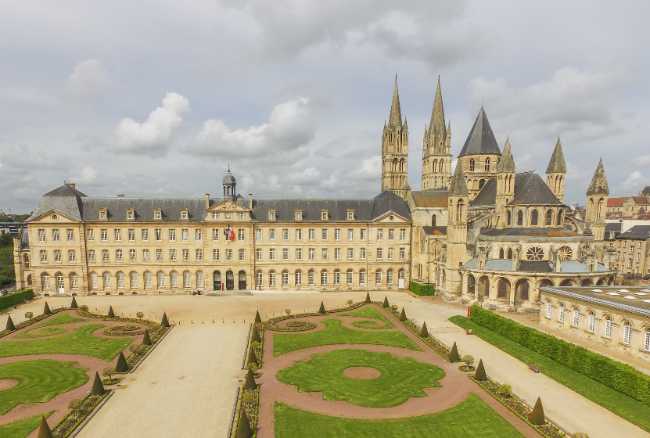
The Abbaye aux Hommes, founded in 1063 by William the Conqueror, is one of Caen’s most iconic landmarks and a masterpiece of Norman Romanesque architecture. Consecrated in 1077, its abbey church of Saint-Étienne houses the tomb of William himself, making it a site of exceptional historical significance. The vast monastic complex, rebuilt in the 18th century, now serves as Caen’s Town Hall, blending centuries of civic and religious heritage. Visitors can explore the elegant Tuscan-style cloister, grand chapter house, and wood-panelled rooms adorned with paintings, as well as exhibitions tracing the abbey’s history from medieval times to the present. The site also offers panoramic views over the city from its esplanade, framed by formal French gardens. Open year-round, with guided tours available in multiple languages, the Abbaye aux Hommes is both a living monument and a place of reflection, where the legacy of Normandy’s ducal past meets the rhythm of modern civic life.
Caen FranceThe Abbaye aux Hommes, also known as the Abbey of Saint-Étienne, is a historic Benedictine monastery located in Caen, Normandy. Founded in 1063 by William the Conqueror as an act of penance for his marriage to Matilda of Flanders, it was consecrated in 1077 and serves as the final resting place of William himself. This monumental Romanesque and Gothic complex is one of the most important heritage sites in Normandy, featuring the abbey church with its distinctive ribbed vaults, grand staircases, and ornate cloisters. The abbey now houses Caen’s town hall and the Museum of Fine Arts, blending its medieval architectural grandeur with cultural and civic functions. Positioned in the historic heart of Caen, the Abbaye aux Hommes is surrounded by other landmarks including the Abbaye aux Dames, Caen Castle, and several art galleries, making it central to the city’s rich artistic and historical landscape.
 Le Mémorial de Caen
Caen
Le Mémorial de Caen
Caen
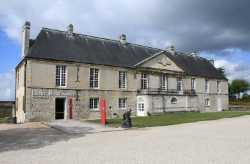 Musée de Normandie
Caen
Musée de Normandie
Caen
 Musée des Beaux-Arts de Caen
Caen
Musée des Beaux-Arts de Caen
Caen
 Musée d’Initiation à la Nature
Caen
Musée d’Initiation à la Nature
Caen
 Galerie R.J
Caen
Galerie R.J
Caen
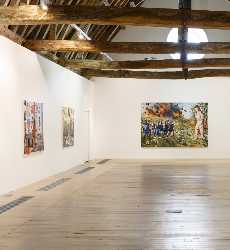 Artothèque de Caen
Caen
Artothèque de Caen
Caen
 La Galerie 170
Caen
La Galerie 170
Caen
 The Artists Galerie des Arts
Caen
The Artists Galerie des Arts
Caen
 YellowKorner
Caen
YellowKorner
Caen
 Galerie Des Sens
Caen
Galerie Des Sens
Caen
 Théâtre de Caen
Caen
Théâtre de Caen
Caen
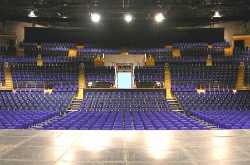 Le Zénith de Caen
Caen
Le Zénith de Caen
Caen
 La Comédie de Caen
Caen
La Comédie de Caen
Caen
 Le Cargö
Caen
Le Cargö
Caen
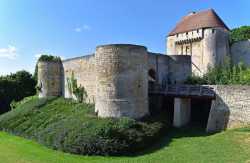 Château de Caen
Caen
Château de Caen
Caen
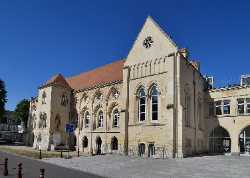 Le Palais Ducal
Caen
Le Palais Ducal
Caen
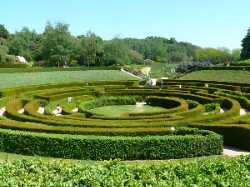 Parc de la Colline aux Oiseaux
Caen
Parc de la Colline aux Oiseaux
Caen
 Vallée des Jardins
Caen
Vallée des Jardins
Caen
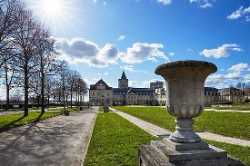 Parc Michel d'Ornano
Caen
Parc Michel d'Ornano
Caen
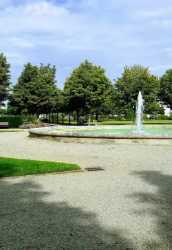 Parc Claude-Decaen
Caen
Parc Claude-Decaen
Caen
 Jardin des Plantes de Caen
Caen
Jardin des Plantes de Caen
Caen
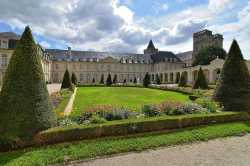 Abbaye aux Dames
Caen
Abbaye aux Dames
Caen
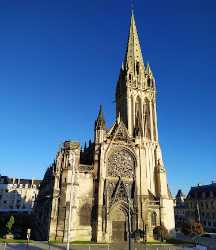 Église Saint-Pierre
Caen
Église Saint-Pierre
Caen
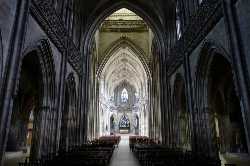 Church of Saint-Jean
Caen
Church of Saint-Jean
Caen
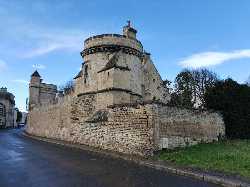 Manoir des Gens d’Armes
Caen
Manoir des Gens d’Armes
Caen
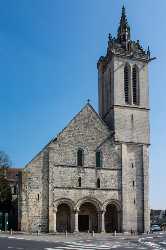 Collégiale du Saint-Sépulcre
Caen
Collégiale du Saint-Sépulcre
Caen
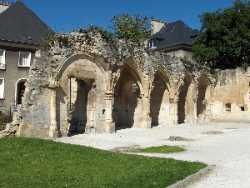 Église Saint-Gilles
Caen
Église Saint-Gilles
Caen
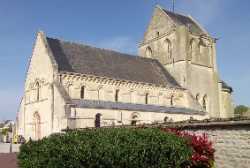 Restes de l’église Saint-Martin
Caen
Restes de l’église Saint-Martin
Caen
 Le Dôme
Caen
Le Dôme
Caen